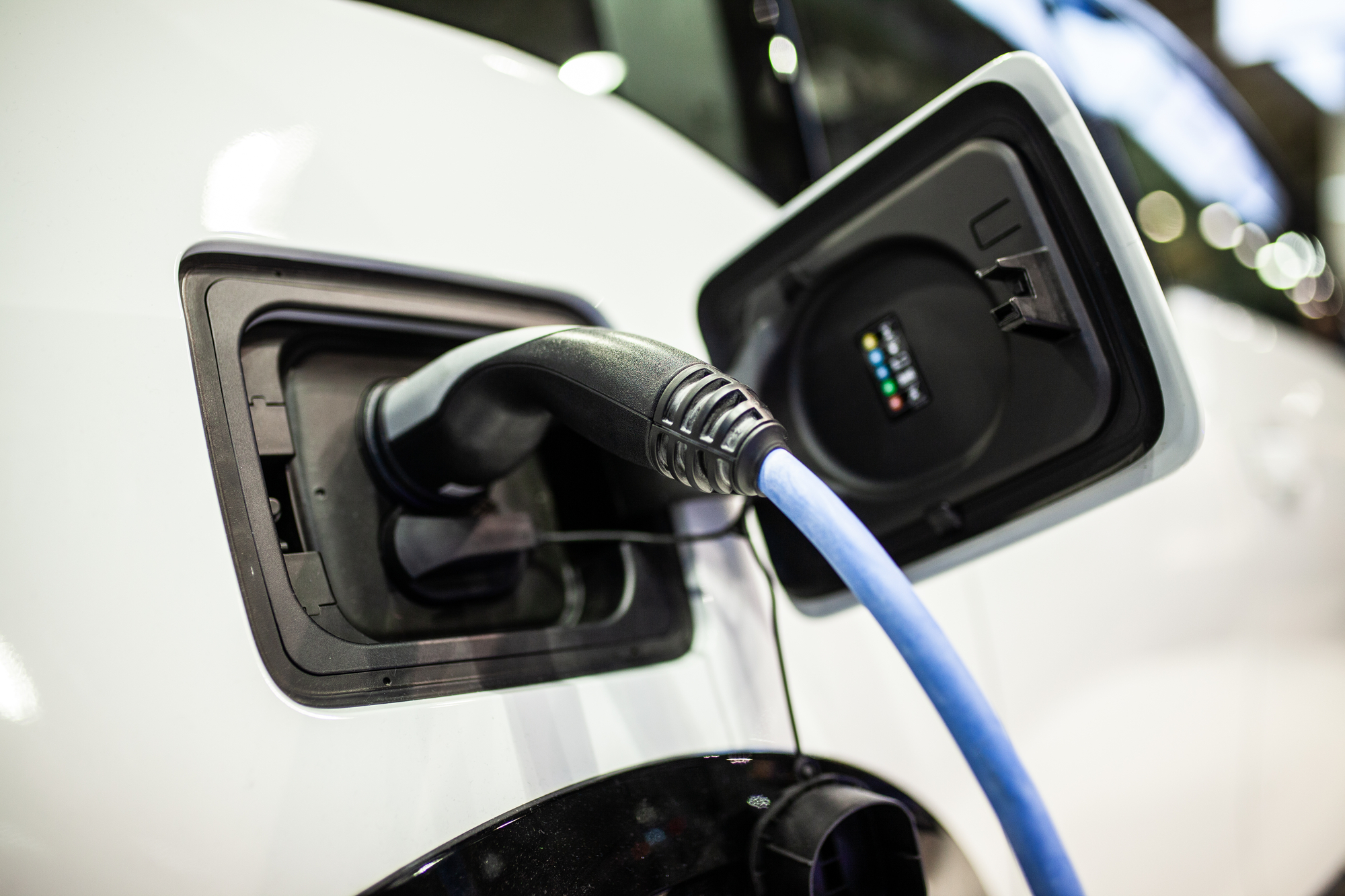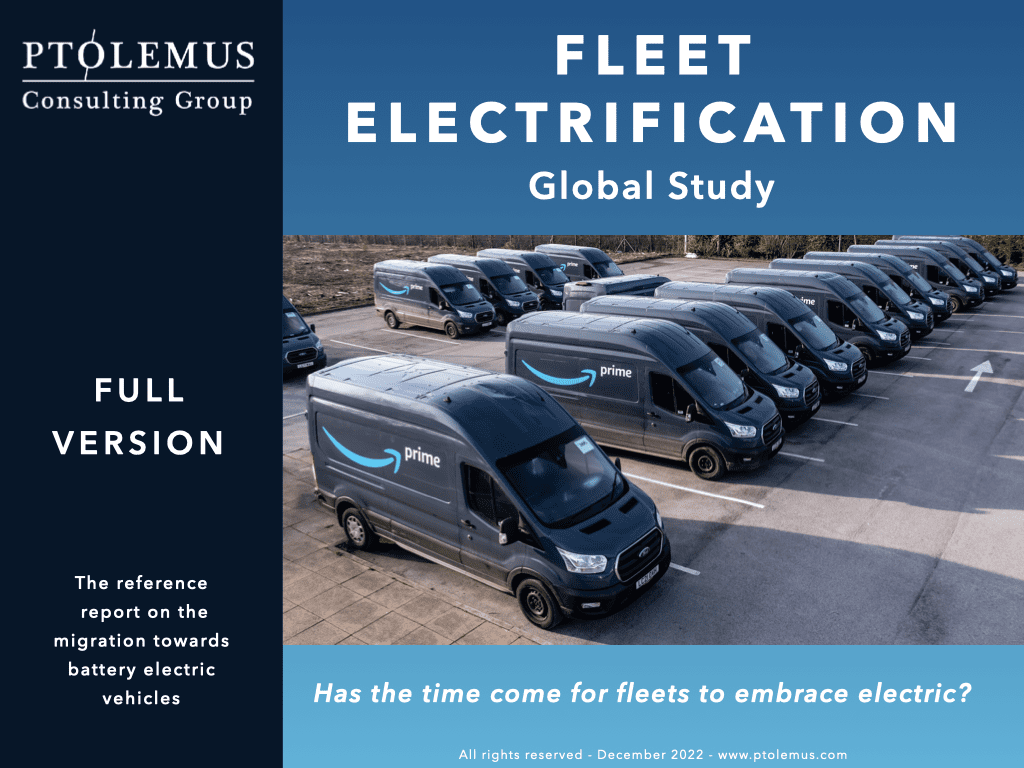Know the charging costs and power requirements for your EV fleet

If you are a fleet manager with an EV fleet or considering electrifying your fleet, the first issue you must address is charging costs for your EVs. The cost of charging an EV is determined by several factors, including:
- The markets in which your company operates; electricity prices vary by region:
- In the United States, for example, the cost per kWh for domestic electricity supply varies by state and ranges from $0.12 (Utah) to $0.46 (Hawaii). While the cost of domestic electricity varies greatly across Europe, it ranges from €0.05 (Netherlands) to €0.45 (Denmark).
- Charging locations: the cost of charging at home, work, and public places can all vary.
- The cost of charging an EV at a public charging station is determined by the provider. The cost of using DC fast charging can be extremely high, to the point of being prohibitively expensive for all but the most urgent cases where time is a critical factor necessitating use in order to arrive at a destination as quickly as possible.
- Charging time: Price during the off-peak hours (from 10 p.m. to 7 a.m.) can provider cheaper energy if the utility provider has a tariff which provides low-cost “off-peak” electricity
- Infrastructure costs include equipment costs, installation costs, and operation and maintenance costs
- Electricity costs, network costs, and taxes & levies
- In Europe, there are four charging modes according to the IEC 61851-1 standard
- In the US, charging systems are classified into three levels, adhering to the SAE J1772 standard
- The standard varies across Asia, with mainland China adopting a national GB/T 20234 standard, which defines three charging modes, and Japan adheres to the SAE J1772 standard
- SAE and IEC standards share the same communication protocol between EV and charger but have different plug and socket interface designs
- GB uses a unique communication protocol that is incompatible with SAE or IEC
- Higher power charging stations (>50kW) are currently sparsely installed in many European countries, and projections show that most publicly available charging stations in Europe (>80%) will not exceed 50kW by 2040
- The increased demand for electricity will necessitate a grid upgrade, but the process will be complicated depending on government policies and will necessitate significant investment

However, it is important to remember that the actual cost of charging an EV includes factors such as charging infrastructure costs, infrastructure utilization rates, charging locations, and station technology.
According to a study published in Nature Communication in 2022, the ‘levelized cost of charging’ (LCOC) is one of the most reliable ways of determining the actual cost of recharging an electric vehicle across regions, countries, and charge point types.

It takes into account:
Because of the differences in cost structure, the LCOC can vary when using different charging modes, such as Wallbox home charging and commercial charging
According to the LCOC model provided in the paper, the EU average LCOC for Wallbox users is €0.31/kWh, while it is €0.33/kWh for commercial users. It should also be born in mind that the paper was research in Q4 2021, before the energy crisis struck Europe increasing the cost of energy in many countries by more than 200%.
Fleet managers should take the time to understand the LCOC and its cost structure in the area where they intend to deploy an electric fleet as the cost benefits of switching to electric vehicles can be completely erased if the cost of charging per kWh is unfavourably high
To determine charge compatibility, fleet managers must first understand the power requirements
EV chargers are classified into different categories, and each category of charger has a different input voltage:
These standards define charging methods, and communication signals as well as plug and socket designs
EV fleets operating in different regions must understand the local charging standard, as chargers may not be compatible.
Furthermore, fleet managers who operate EV fleets for various purposes must be aware of charger voltage requirements, as the voltage rating influences charging speed, as vehicles charge much faster using a DC charger than an AC charger.
When using an AC power supply, charging an EV from 0 to 100% can take more than 10 hours, but a DC fast charger can charge 80% in 20-30 minutes.

Vehicles can also limit the maximum allowable wattage for some AC fast charging stations, which means that even if the AC fast charging station can provide higher wattage, the EV will still charge at a set speed due to charge acceptance limitations (to protect the EV battery).
Because EV fleets with LCVs and HGVs that must travel long distances on a short turnaround cycle cannot be charged for extended periods of time, fleet managers who run LCVs and HGVs must consider installing a fast-charging infrastructure or have access to DC fast charging stations on the routes of their electric fleet.
There are some practical issues to consider when it comes to power supply for high-voltage battery EV charging:
To find out more about your EV fleets charging costs, charging constraints, charging solutions, our Fleet Electrification Global Study provides systematic analysis and data.

